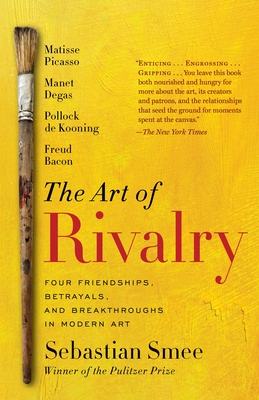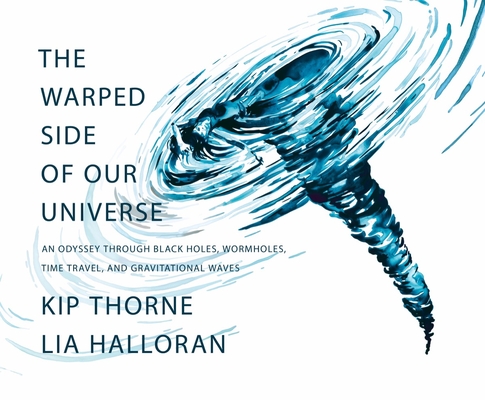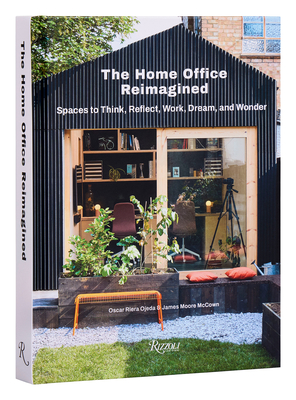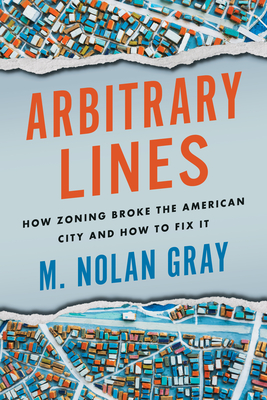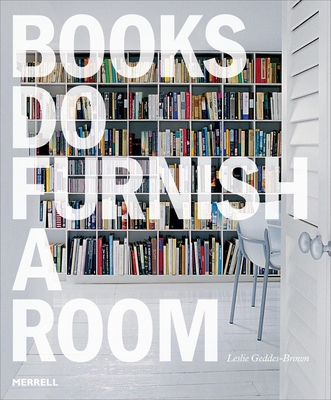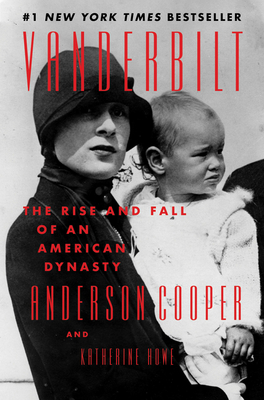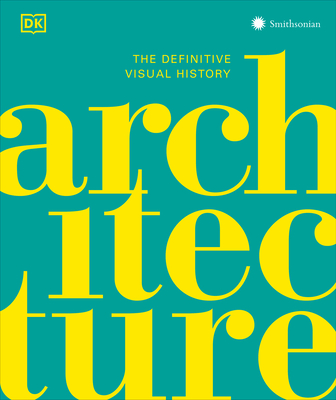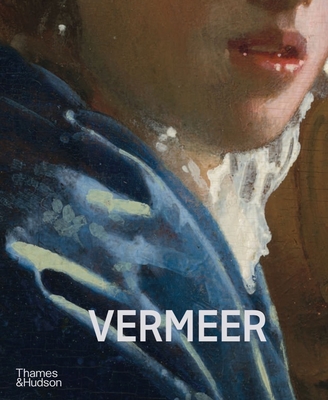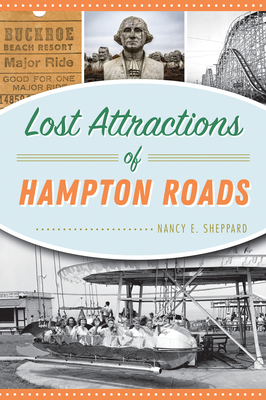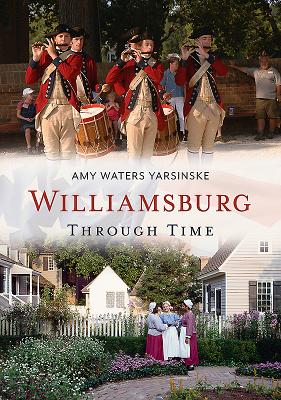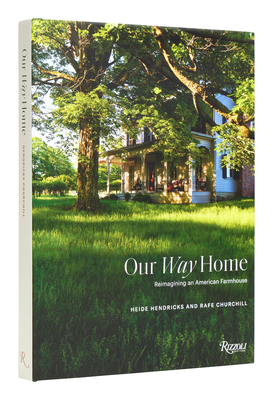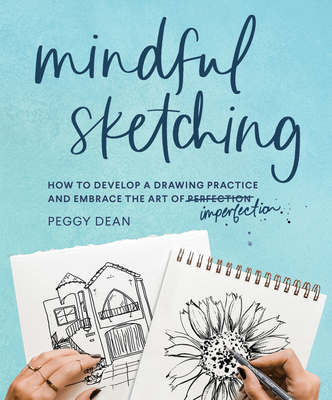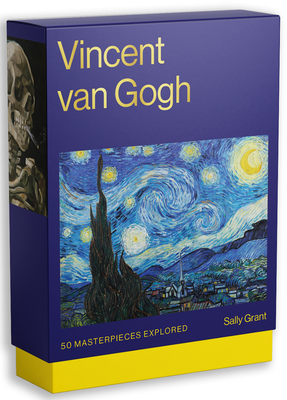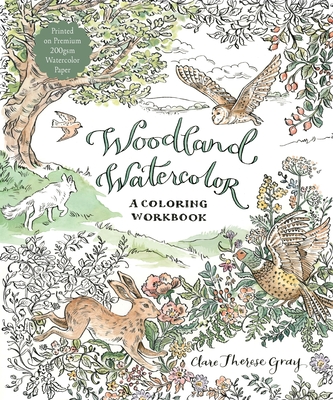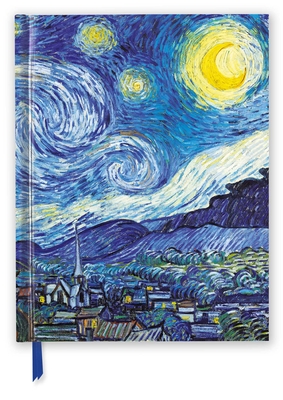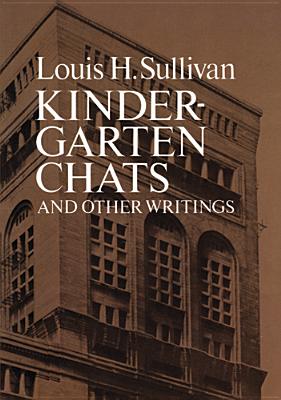
Kindergarten Chats and Other Writings (Dover Architecture)
Description
"So remember, and bear ever in mind in your thinking and your doings, that FORM EVER FOLLOWS FUNCTION, that this is the law -- a universal truth."
One of the foremost exponents of form-and-function architecture, and considered by many to be the father of the modern skyscraper, Louis Henri Sullivan (1856-1924) was one of America's most original and influential architects, and an extraordinarily important writer on the nature and function of architecture. Known for his many commercial buildings -- Auditorium Building in Chicago (1889), Wainwright Building in St. Louis (1891), Prudential Building in Buffalo (1895), and Carson, Pirie and Scott Building in Chicago (1899 & 1903) -- Sullivan is equally admired today for his two major books: The Autobiography of an Idea and Kindergarten Chats.
In this creative, seminal work, his theories about architecture, art, education, and life in general are presented in the form of dialogues, or "chats," between an architect and a novice. Sullivan's contempt for 19th-century eclectic architecture ("That the bulk of our architecture is rotten to the core, is a statement which does not admit of one solitary doubt"), his striving for a more functional approach, and his theory of the skyscraper are just a few of the principles and insights that emerge in these pages. As the architect and writer Claude Bragdon has remarked: "Kindergarten Chats remains in my memory as one of the most provocative, amusing, astounding, inspiring things that I have ever read."
This edition is the first low-priced reprint of the 1918 definitive edition of Kindergarten Chats, which was personally revised by Sullivan himself, who rewrote those chapters and generally streamlined the argument of the original version. Eight additional papers, covering the years 1885-1906, supplement the basic text: they include "Ornament in Architecture," "The Tall Office Building Artistically Considered," "The Young Man in Architecture," and "What is Architecture?" Architecture students, architects, artists, educators, and readers who enjoy the stimulus of a lively and iconoclastic mind will all be attracted by the magnetic power of this bold, thought-provoking book.

